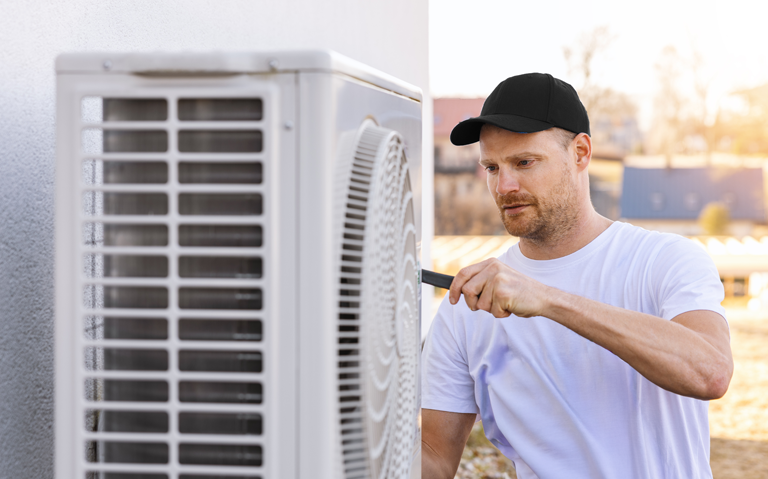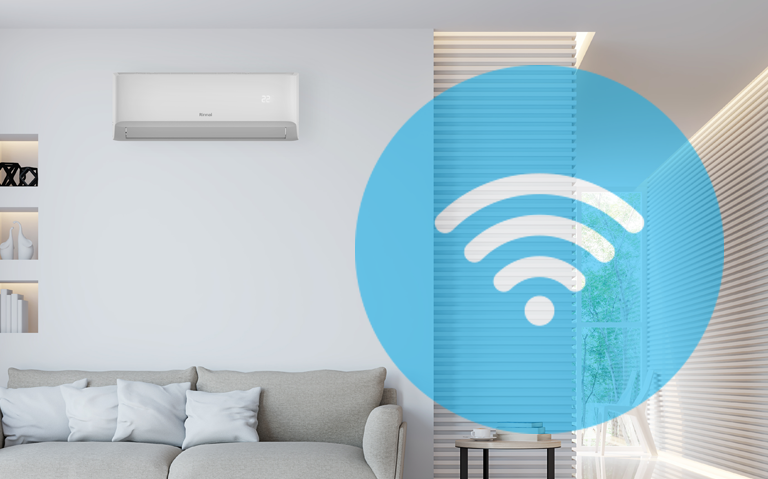Every industry has its own jargon that can be both confusing and daunting. Well Heat Pump Air Conditioning terminology is no exception! To help you navigate your way through the “lingo limbo’ we’ve put together a glossary of Heat Pump acronyms and terms that’ll have you talking like an expert in no time.
HVAC. Heating, ventilation and air conditioning. This acronym refers to the entire discipline that surrounds air conditioning.

Split System. Now one of the most popular types of air conditioning systems used in homes, a split system is ‘split’ into two units: one that’s inside, and one that’s outside. Relatively easy to install (as no ductwork is required), these systems are known for being quiet and energy efficient.
Outdoor Unit. This is the part of an air conditioning system that contains the compressor, propeller fan, circuit board and heat exchange coil. It’s situated outside and pumps refrigerant to and from its companion indoor unit. You’ll often hear this unit referred to as the ‘condenser’ or ‘heat exchanger’.

Indoor Unit. The part of an air conditioning unit that’s located within the home and provides the ‘conditioned’ air into the space. This unit contains a heat exchange coil, filters, remote signal receiver and fan.
Ducted System. Ducted systems include an internal fan coil installed into the roof space of a house. From this central location, a series of ducts are installed in multiple locations throughout the house, allowing you to easily heat and cool different areas of the home. This provides discreet air conditioned comfort as the only visible components are the return air grilles, discharge grilles and controller.

Duct. This is a tube that carries air from a central fan coil to various areas of a house. Ducts can be round or rectangular and are made from a variety of materials including sheet metal, fibreglass and vinyl.
Inverter Technology. An inverter is used to control the speed of the compressor motor to continuously regulate the temperature to your desired setting.
EER and COP. An air conditioner’s efficiency is measured using the Energy Efficiency Ratio (EER) for cooling and Coefficient of Performance (COP) for heating. They indicate the ratio of cooling or heating provided by a unit relative to the amount of electrical input required to generate it. Air conditioners with a higher EER and COP value are more efficient, so by comparing COP and EER ratios of products with the same capacity output you can determine which is more energy efficient.
Heating/Cooling Capacity. The capacity output figure indicates the amount of heating/cooling the unit can produce.
Air Filter. Air filters are designed to trap dust and contaminants in the air from clogging up the indoor unit of an air conditioning system. They are manufactured from thermally bonded polyester fibre or a plastic resin based net.
Zoning. This is a method of heating or cooling different areas (or rooms) within one house independently – usually by using separate controls, or by opening and closing dampers within ducts in each zone.
Commissioning. The final step in installing an air conditioning system. It involves a technician checking and testing every component in the system to make sure it all complies with technical codes and manufacturers standards. Once commissioning is completed, the system is ready to go.
R410A. A non-ozone depleting refrigerant or fluid that transfers heat energy between the indoor and outdoor units of the air conditioning system.
R-32. A successor to the R-410A refrigerant, R-32 is also non-ozone depleting and has 66% lower global warming potential (GWP) factor than R-410A.


















